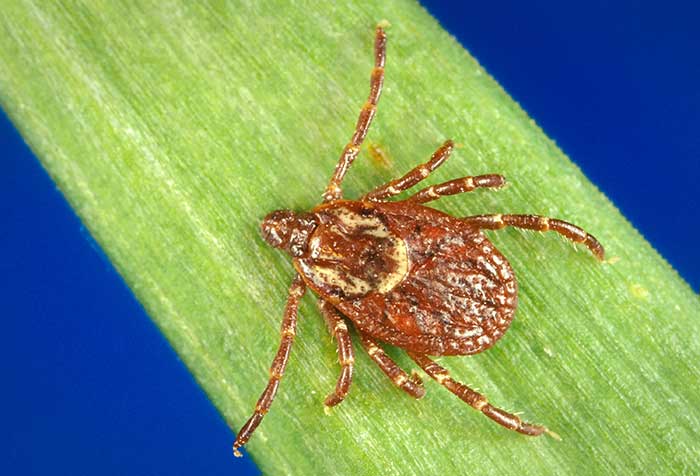Alongshan virus was first discovered in China in 2017. Researchers from the University of Zurich have now detected the new virus in Swiss ticks for the first time. It appears to be at least as common as tick-borne encephalitis virus and results in similar symptoms. The team is currently developing a diagnostic test to clarify the epidemiological situation.
Ticks can transmit many different pathogens – such as viruses, bacteria and parasites. Of particular importance is tick-borne encephalitis virus (TBEV), which can cause inflammation of the brain and meninges, as well as bacteria that can lead to the infectious disease Lyme disease. And the list of pathogens is constantly increasing, also in Switzerland: Researchers at the Institute of Virology at the University of Zurich (UZH) have now detected the so-called Alongshan virus (ALSV) in ticks in Switzerland for the first time.
Alongshan Virus Found in Numerous Tick Samples
Like the TBE virus, the ALS virus belongs to the flavivirus family and was first discovered in China in 2017. Several patients suffered from fever and headaches after a tick bite – the typical symptoms at the beginning of an infection with TBE viruses. However, antibodies against the virus or its genetic material could not be detected in any of those affected. Instead, the researchers found a previously unknown RNA virus: the Alongshan virus.
The researchers found the complete gene sequence of the ALS virus in numerous tick samples collected in several regions of Switzerland in 2021 and 2022. “We were amazed that we were able to detect ALS viruses far more frequently in the tick samples than TBE viruses,” says Cornel Fraefel, Director of the Institute of Virology. Since the symptoms of an infection with ALS viruses are similar to those of infection with TBE viruses, the Alongshan virus could already be relevant to public health in Switzerland – albeit undetected.
Diagnostic Blood Test is Under Development
In contrast to the TBE virus, there is currently neither a vaccination nor a detection method for the ALS virus. “After we identified the new virus and published the complete viral genome sequence, our team is now developing a serological test to detect ALS virus infections in patient blood,” says Fraefel. In cooperation with the National Reference Laboratory for Tick-borne Diseases and the Spiez Laboratory, the researchers want to investigate the epidemiological situation of ALS viruses in Switzerland next year.
Complete Genome Sequence of Alongshan Virus sequenced from Ixodes ricinus ticks collected in Switzerland. Zenodo, 6 December 2022.



